Demei's View - Wine Communication from a Chinese Winemaker
Grapes as a species have a history of over 67 million years. In the biological classification, grapes belong to the subgenus Euvitis (now called Vitis) in the genus Vitis L. in the family Vitaceae. The subgenus Euvitis can be divided into three species: the European species (Vitis vinifera, sometimes also called Eurasian species), the Asian species and the American species. The Asian species are mainly found in China. It can be inferred that grapes, as plants, have a long history in China. Geological fossils show that the V. romanetii Roman Du Caill ex Planch existed in Linqu County, Shandong Province 26 million years ago.

The earliest written record of grapes in China is seen in the Classic of Poetry. In Qi Yue in the Odes of Bin in the Classic of Poetry, it says, ‘In the sixth month they eat the sparrow-plums and grapes; in the seventh, they cook the Kui and pulse. In the eighth, they knock down the dates; in the tenth, they reap the rice; and make the spirits for the spring, for the benefit of the bushy eyebrows.’ (Translated by James Legge) This indicates that people were already known to collect and eat various kinds of wild grapes in the Shang Dynasty (c. 1600 BC – c. 1000 BC).
However, the grapes we talk about nowadays, or most of the commercially cultivated grapes are Vitis vinifera. This is also the only surviving European species after the Ice Age. Currently the vast majority of wine grape varieties belong to this species.
The introduction of Vitis vinifera to China can be dated back to 4th Century BC. In the book On Ancient Central Asian Tracks: Brief Narrative of Three Expeditions in Innermost Asia and Northwestern China, author Marc Aurel Stein describes the tidy plots of vineyard sites outside the courtyard of houses in the ancient city of Niya (1st – 3rd Century BC ), located 150 Km north to the modern Minfeng County, Hotan Prefecture, Xinjiang.
In addition, both in the archaeological investigation by the Southern Xinjiang expedition team of Xinjiang Uygur Automonous Region Museum in 1959, and in the China-Japan cooperative expedition in the Niya site during 1988-1996, there were relics excavated from an ancient tomb that had decoration patterns of grape clusters, as well as dried grapes in containers. Carbon-14 dating indicates that the tomb is 2295±75 years old. Thus, we could infer that there was a considerable scale of viticulture in Niya in 1st – 3rd Century BC.
There is evidence that the growing of species other than Vitis vinifera (the European-Asian hybrids, the European-American hybrids or the Asian species) in Xinjiang only started in the recently decades, which means the excavated grapes mentioned above were Vitis vinifera. The archaeological expedition in Southern Turkmenistan and Uzbekistan, with the unearthed grapes and the text descriptions and patterns of grapes found from a 4th Century residential site, also prove the possibility of introducing Vitis vinifera to China from Central Asia.
The earliest record of Chinese wine in historical documents is in the Treatise on the Dayuan in the Records of the Grand Historian, which narrates the information of Western Regions (Central Asia) brought back to China by the imperial envoy Zhang Qian in the Han Dynasty. Zhang Qian was sent out on diplomatic missions to the west twice. During his first trip in 138 BC, the group passed through all kinds of dangers and difficulties, and only two people survived by the time they returned to the capital Chang’an in 126 BC. So if grapes were introduced from western to China mainland by Zhang Qian, it could only have been in his second trip in 119 BC.
Therefore, the general idea of the beginning of Chinese winegrowing and winemaking is the period of Emperor Wu of Han (140-88 BC). Then, from Eastern Han to Tang Dynasty, wine was always a luxury for high officials and noble lords. For example, according to the citation from the Book of the Later Han in the Volume 972 of the Imperial Readings of the Taiping Era, in the Eastern Han Dynasty, a man called Meng Tuo at Fufeng bribed an eunuch Zhang Rang with one Hu (around 20 litres) of wine and successfully got an important position in the Liangzhou Government (now Gansu and Ningxia). The famous poet Su Shi also wrote about this, ‘A general who wins hundreds of victories could not be granted any ennoblement, but Meng Tuo got an official position with just one Hu of wine.’
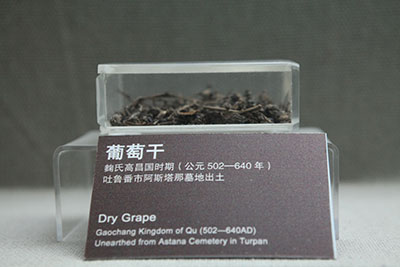
The Tang Dynasty was the glorious period in the history of Chinese winemaking. Winemaking was not just for the imperial court, but also it was an event among the normal people. Poet Li Bai, who was famous for his enthusiasm of wine, mentioned wine in his poem Dui Jiu (meaning drinking wine) that could prove this.
Moreover, there were a large number of descriptions of winemaking and wine-consuming scene in the poems such as In the Winehouse by Wang Ji, and the Song of Grapes by Liu Yuxi in the Tang Dynasty, Poem Written with the Guest in the Cold Night whilst Warming up with Firewood by Lu You in the Song Dynasty, as well as the Travels of Marco Polo in the Yuan Dynasty, many pieces of Yuanqu and fictions of the Ming and Qing Dynasty. The most famous and popular poem should be the Song of Liangzhou by Wang Han in the Tang Dynasty:
Tasteful grape wine shining in my jade cup that sparks the night.
Let’s drink off on our horse in the harmony of our guitars.
Oh you, please do not laugh if we all get drunk and fall asleep in the battlefield.
Since ancient time, how few come back from the campaigns and wars? (Translated by Laijon Liu)
The period from the reign of the Kublai Khan until the late Yuan Dynasty saw the development and prosperity of the wine industry and the wine culture in China. Even the official agricultural document, the Collection of Important Matters of Agriculture and Sericulture, included the instruction of winegrowing for the local government officials and the people, and the technology reached a relatively high level.
In the Volume 30 of the Whole Book on Agricultural Activities by Xu Guangqi in the Ming Dynasty, there were records of the grape varieties that were planting in China at that time.
However, because of the rise of the baijiu in China’s mainland (the widespread consumption of this Chinese distilled liquor happened in the similar period as distilled liquor becoming popular in Europe), plus the increasingly weakened control of the Western Region, and the impact from Islam which advocates temperance, the practice of winegrowing and the transit of wine to the mainland was gradually slowing down, and resulted in a low level of viticulture and winemaking.
The turning point in the development of the Chinese wine industry was the start of wine industrialisation in the late Qing Dynasty and the early Republic of China. In the late 19th Century, the European missionaries brought the vine seedling and winemaking technology to China. In 1892, Zhang Bishi, an overseas Chinese man in Southeast Asia, established the Changyu wine company in Yantai, Shandong Province, which marked the beginning of large scale production of wine in modern China.
List of wine company in modern China
Year Place Name Origin Nowadays
1892 Yantai, Shandong Changyu Wine Company Zhang Bishi Changyu Pioneer Wine Company Ltd.
1910 Western suburb of Beijing Shangyi Winery France Beijing Dragon Seal Winery Co., Ltd.
1921 Shanxi Yihua Wine Company Zhang Zhiping
1930 Qingdao, Shandong Melco Winery Melchers & Co., Germany Qingdao Huadong Winery Co., Ltd.
1936 Jilin Changbai Mountains Wine Company Japan Jilin Changbai Mountains Wine Company
1938 Jilin Tonghua Wine Company Japan Jilin Tonghua Wine Company
Translated by Nina Fan Feng / 冯帆
All rights reserved by Future plc. No part of this publication may be reproduced, distributed or transmitted in any form or by any means without the prior written permission of Decanter.
Only Official Media Partners (see About us) of DecanterChina.com may republish part of the content from the site without prior permission under strict Terms & Conditions. Contact china@decanter.com to learn about how to become an Official Media Partner of DecanterChina.com.

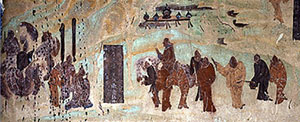

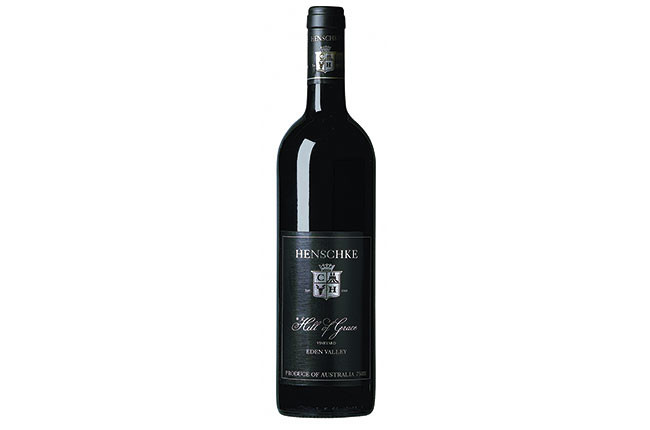
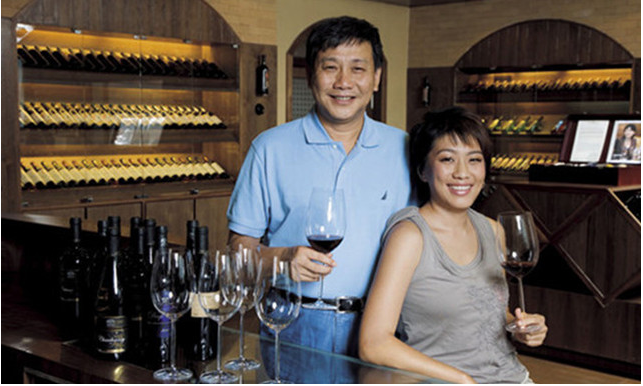
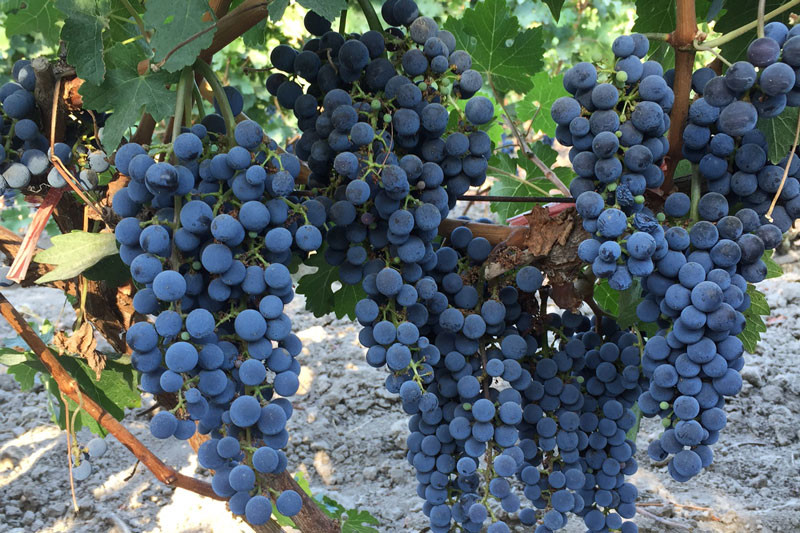
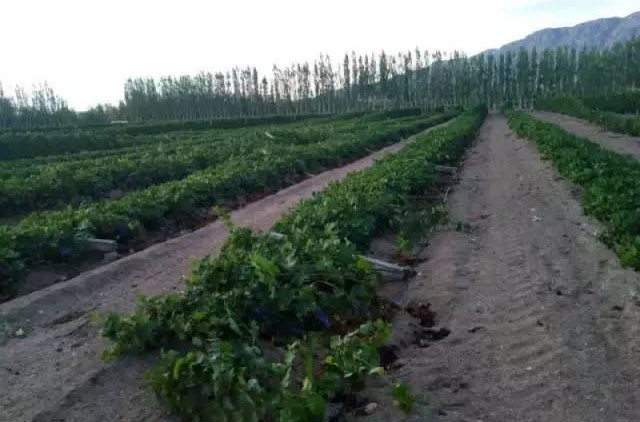
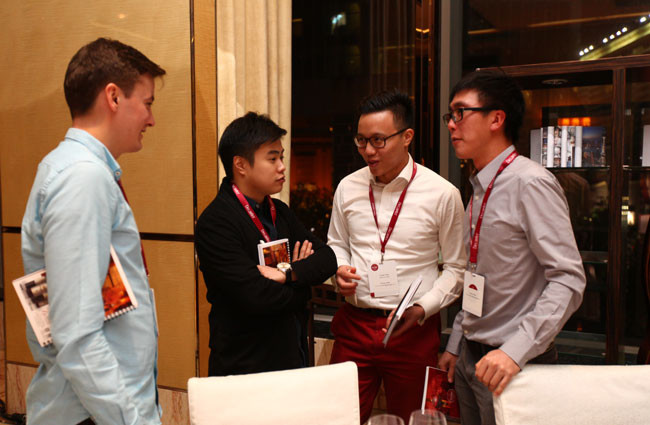
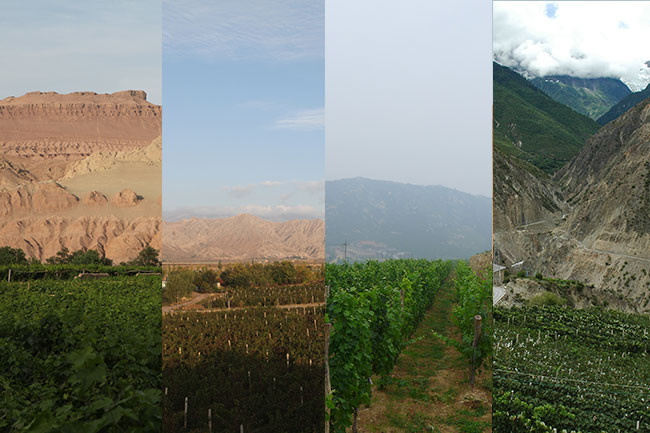
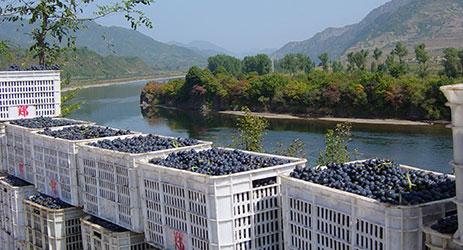
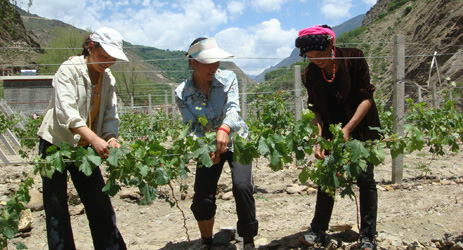
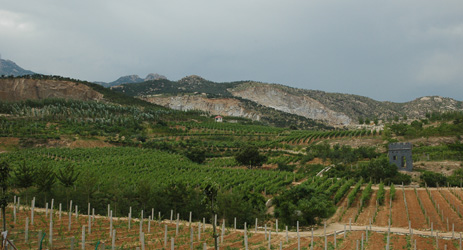
Comments
Submit